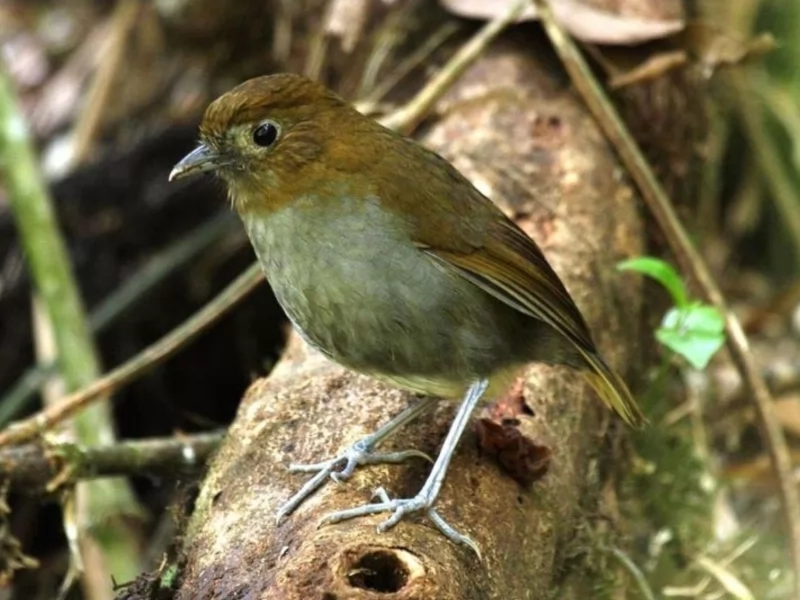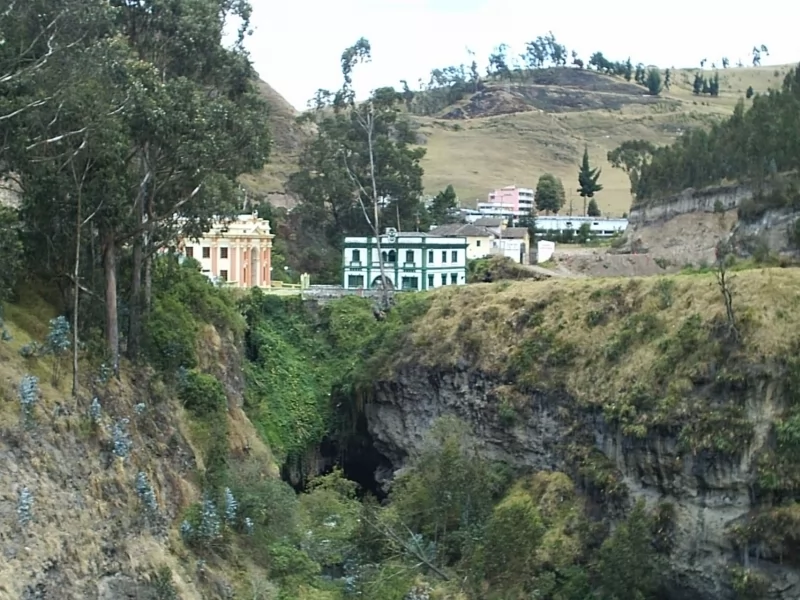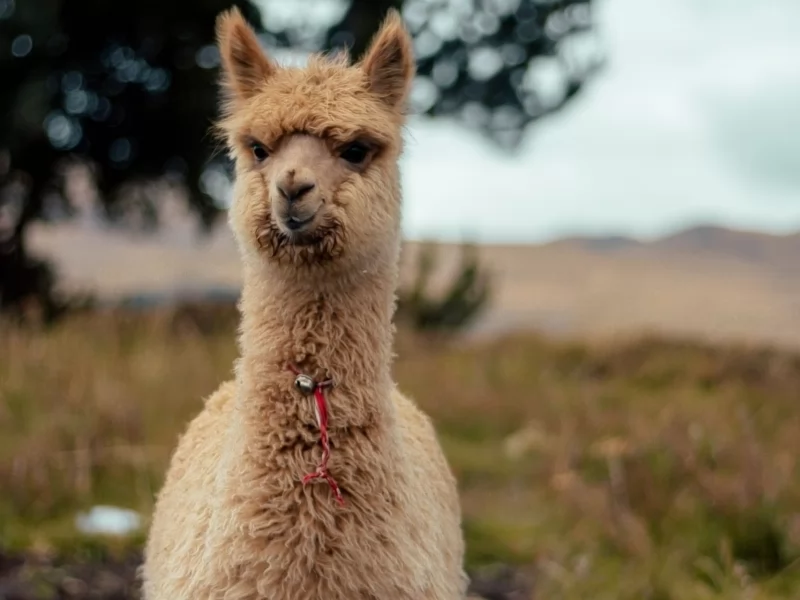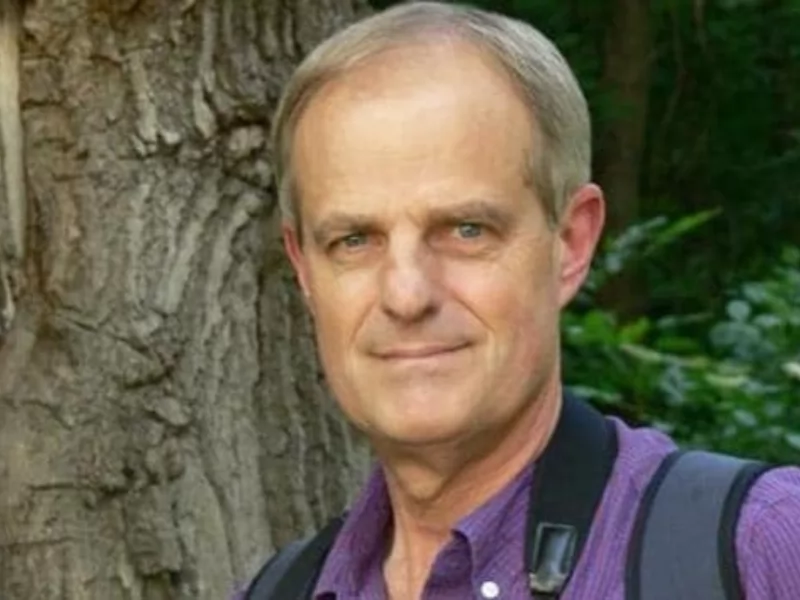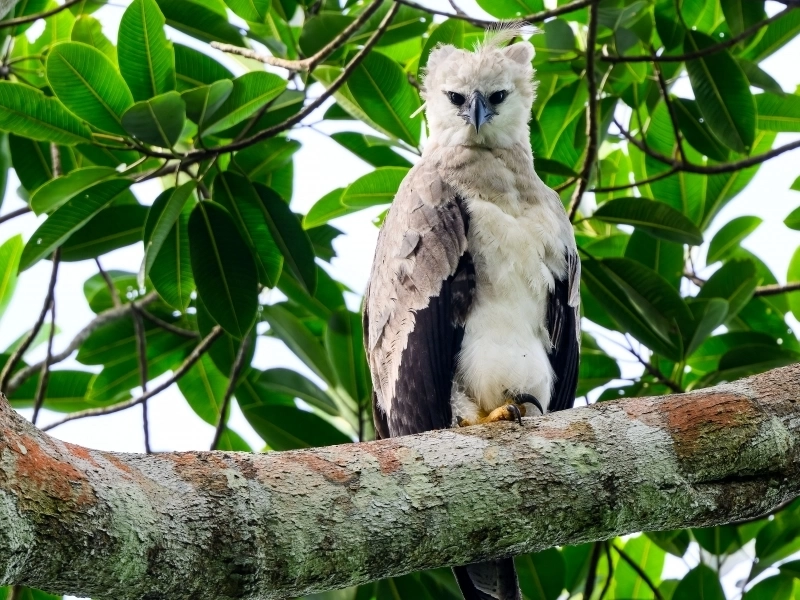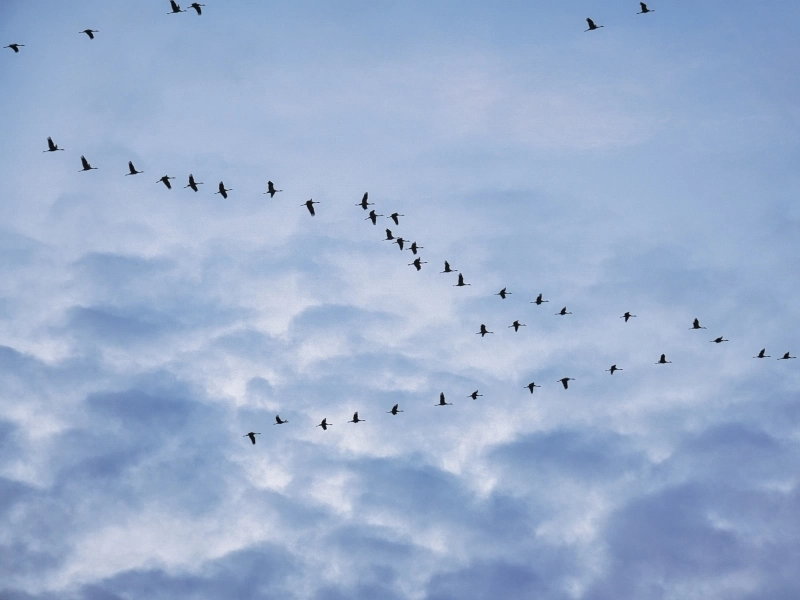News and Testimonials
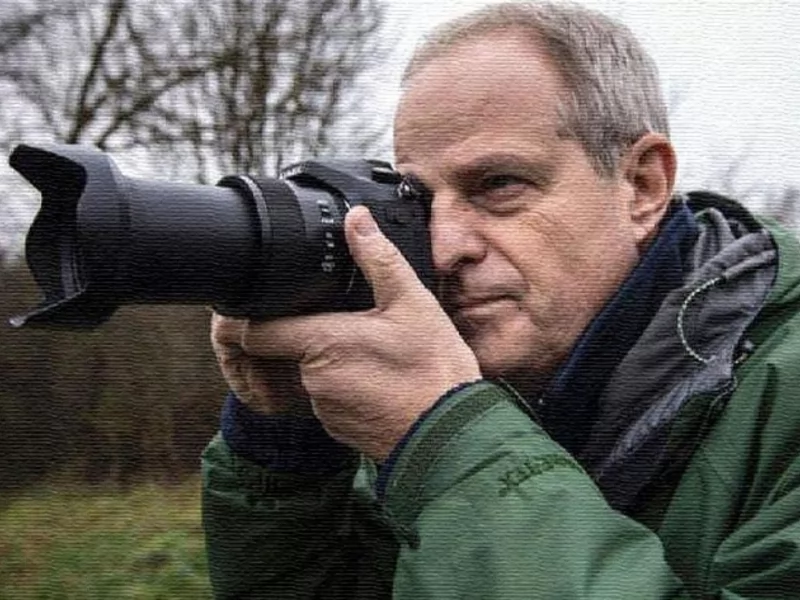
Peter Kaestner, one of the world's greatest bird watchers
Peter Graham Kaestner (born 1953 in Baltimore, Maryland), former American diplomat and one of the world's leading bird watchers, according to specialized websites such as www.surfbirds.com and www.ebid.org. He is one of the people who with his passion has been able to travel around the world and has been able to observe more species of birds than anyone.
Kaestner was in Peru a few days ago and also visited some landscapes of our Ayacucho. Floro Ortiz from the Asociación Pro Fauna Silvestre accompanied him to visit some places in Ayacucho, to observe the native birds of these ecosystems and we took the opportunity to ask him some questions and learn about his experience:
What motivated you to be a bird watcher?
For a family matter, it is something genetic; Because the Grahams were taught by Mom and Dad; and we were taught to be biologists, ornithologists, fanatic bird watchers from a very young age, I have a photo on my Ebird profile when I was approximately 4 years old.
What is the total number of birds you observed?
I am currently number 1 on Ebird's specialized platform with 9332 species observed, I have photographed 4648 species and recorded 1044 bird songs.
What birds came to observe Peru and especially Ayacucho?
My visit to Ayacucho is very good, we saw more than 70 species of birds. Although it is not our goal to see the maximum number of birds, but to spot very special species such as GRALARIAS, Antpitta in English. Well, it is known that in the world there are only 60 species, so far and thanks to my visit to the community of Rumichaca I have now observed 53, I still have 7 species missing.
Why are Grallarias birds special?
In 1989, I discovered one of these species, the Grallaria kaestneri or “tororoi de Cundinamarca” near Bogotá - Colombia, and that makes me feel very special and proud since it bears my last name. These birds are incredible species, because they fly to different sides, like hummingbirds, there are also migratory species that travel more than 10,000 km without GPS and reach the exact point each time. It is a wonder!
What species do you hope to see in Rumichaca?
In Rumichaca we expect to observe 3 species: the “Tororoi ayacuchano” Grallaria ayacuchensis, the “Asthenes ayacuchensis” Asthenes ayacuchensis and the “tapa culo” (Scytalopus sp).
What do you recommend to new bird watchers?
First of all, I am very happy that there is a generation of bird watchers because the future belongs to the young, they are the future of Peru; and secondly, these bird watchers must learn to communicate the importance of the potential of the environment through bird watching, as well as generate data on bird species and add them to the ebird application and thus we can have a complete record.
What potential does Ayacucho have in bird watching?
Ayacucho has a lot of potential, that is why it is important that these groups of young bird watchers manage to add data to ebird, this is a very important source of knowledge for bird watchers around the world like me; because through this, one can know which species is quite common, in which seasons and in which region they can be sighted, such as the hummingbird (species), which has few records and we do not know in which seasons we can see them or how they move from From one place to another. In this way you would attract researchers and bird watchers, and thus they would visit your country. Likewise, they too would enjoy the great wonders that you possess.
How is climate change affecting birds?
We could not say anything about it. We have there (United States) records of migratory movements of hundreds and millions of birds with ebird; where we can see a small difference in migration that these birds make, which could be caused by the change in temperature, but it is the science that would determine the effects of climate change through studies. It takes a lot of data and studies over many years to ensure that.
Source: https://jornada.com.pe/redes/item/3742-peter-kaestner-uno-de-los-mayores-observadores-de-aves-del-mundo




